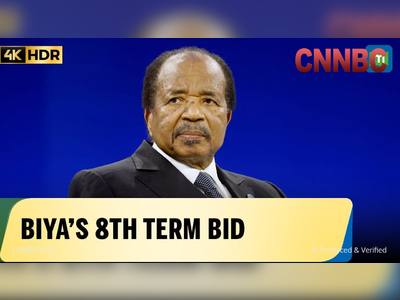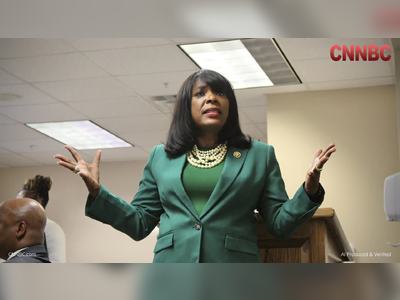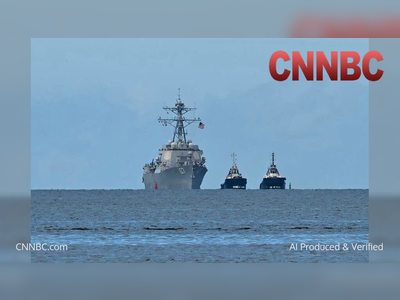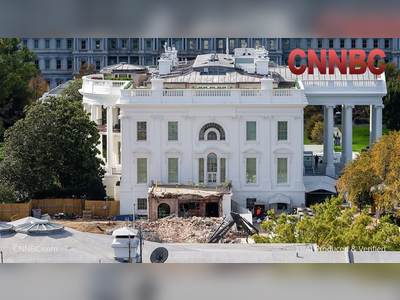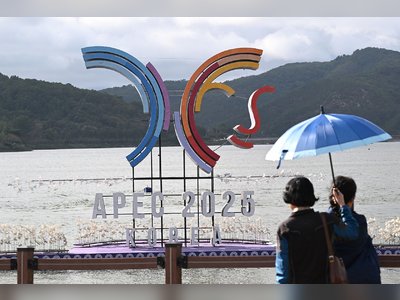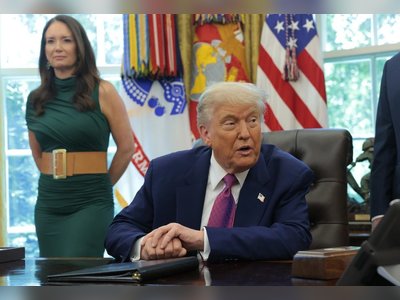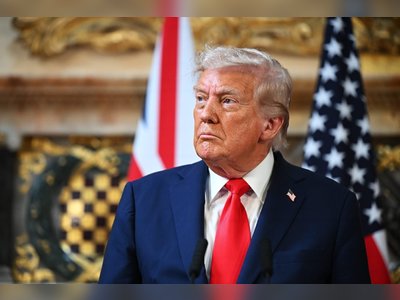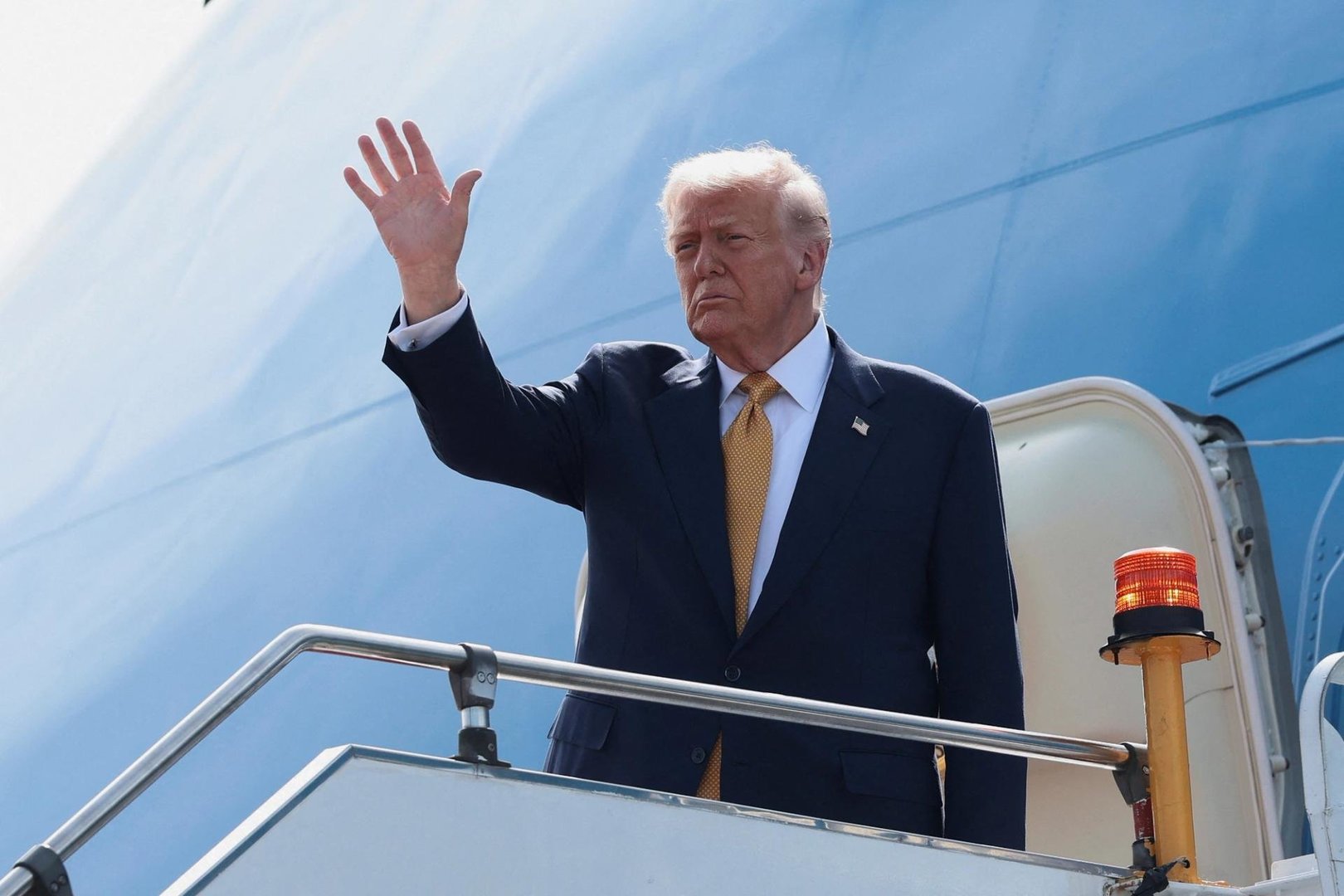
Trump Advances U.S.–China Trade Framework, Signalling End of the ‘Decade of the Hawks’
A tentative agreement reached in Kuala Lumpur marks a strategic shift away from confrontation toward partnership under President Trump’s leadership
A major shift appears to be underway in U.S.–China relations as President Donald Trump’s administration moves away from the hard-line “China hawk” era that dominated policy throughout the last decade.
Amid a weekend of high-level talks in Kuala Lumpur, negotiators from both countries agreed to a broad framework aimed at averting the threatened imposition of 100 % tariffs on Chinese goods and easing China’s restrictions on rare-earth exports.
The accord paves the way for Trump’s upcoming summit with Chinese President Xi Jinping.
The framework, crafted by U.S. Treasury Secretary Scott Bessent and his Chinese counterpart, confirms a transitional truce with a focus on critical strategic goods, agriculture-exports, and technology flows.
China agreed to defer planned export controls on rare-earth minerals crucial to U.S. industry, while the U.S. pledged to pause sweeping tariff threats and seek deeper cooperation on items such as soybeans and the social-media platform TikTok.
The result has been described in Washington as a “significant de-escalation” of what had become a decade characterised by escalating tariffs, supply-chain decoupling efforts and bipartisan antagonism toward Beijing.
The moment marks a pivot in the narrative: from competition and containment to managed coexistence and negotiated engagement.
Many of the former hawks, who shaped U.S. strategy through the Trump and Biden eras, are reported to be keeping their distance publicly as the administration charts a new course.
For President Trump, the agreement provides a strategic win: it showcases his ability to reframe U.S. policy toward China, repair trade ties and coordinate with partners in the Indo-Pacific.
The emerging structure strengthens the United States’ economic strategy and, if finalised, could re-open Chinese markets to American farmers and ease tensions on the global stage.
While the framework remains preliminary and subject to detailed implementation, the direction is clear: Washington is signalling that engagement, rather than confrontation, will define the next chapter of its China policy.
The upcoming meeting between Trump and Xi will test whether the momentum can translate into lasting structural shifts in the bilateral relationship.
Amid a weekend of high-level talks in Kuala Lumpur, negotiators from both countries agreed to a broad framework aimed at averting the threatened imposition of 100 % tariffs on Chinese goods and easing China’s restrictions on rare-earth exports.
The accord paves the way for Trump’s upcoming summit with Chinese President Xi Jinping.
The framework, crafted by U.S. Treasury Secretary Scott Bessent and his Chinese counterpart, confirms a transitional truce with a focus on critical strategic goods, agriculture-exports, and technology flows.
China agreed to defer planned export controls on rare-earth minerals crucial to U.S. industry, while the U.S. pledged to pause sweeping tariff threats and seek deeper cooperation on items such as soybeans and the social-media platform TikTok.
The result has been described in Washington as a “significant de-escalation” of what had become a decade characterised by escalating tariffs, supply-chain decoupling efforts and bipartisan antagonism toward Beijing.
The moment marks a pivot in the narrative: from competition and containment to managed coexistence and negotiated engagement.
Many of the former hawks, who shaped U.S. strategy through the Trump and Biden eras, are reported to be keeping their distance publicly as the administration charts a new course.
For President Trump, the agreement provides a strategic win: it showcases his ability to reframe U.S. policy toward China, repair trade ties and coordinate with partners in the Indo-Pacific.
The emerging structure strengthens the United States’ economic strategy and, if finalised, could re-open Chinese markets to American farmers and ease tensions on the global stage.
While the framework remains preliminary and subject to detailed implementation, the direction is clear: Washington is signalling that engagement, rather than confrontation, will define the next chapter of its China policy.
The upcoming meeting between Trump and Xi will test whether the momentum can translate into lasting structural shifts in the bilateral relationship.


